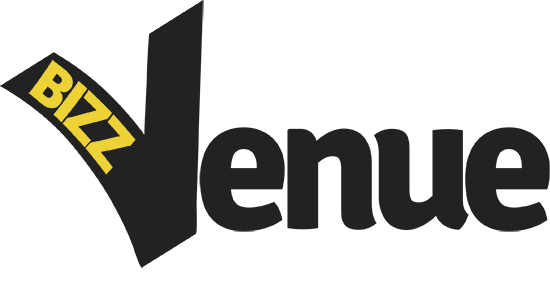
If you work in business, chances are good you’re using the cloud. Whether you’re the CEO of a multinational corporation or the clerk at the local auto parts store, if your job involves a connected computer, you’re probably using the cloud. It’s taking the world by storm.
Despite its relatively recent rise popularity in the business lingo lexicon, the structures and principles of the cloud have been around for decades. This is an important thing to know – its past gives us valuable insight into its future. Pay attention to the brief history lesson to follow and you’ll see some rather dramatic parallels.
Electricity as an Indicator
The electrification of the developed world didn’t happen overnight. Early businesses had to generate their own electricity on their own premises. Even in the early 20th century, most businesses were creating their own power through their own isolated systems.
As large power plants created larger and more efficient distribution systems, more businesses plugged into the new power grids. Yet even through the ‘20s power was only provided during hours of peak demand, and since electricity was used primarily for lighting, this meant power was only available in the early morning and late evening.
Eventually, of course, methods of generating and transmitting power improved. This led to a fall in the price of electricity, and it eventually became more economical to pay for power from the grid than to produce it independently.
The Early Clouds
Just like electricity, the cloud is a shared service that began with businesses creating and managing their own infrastructure and either developing or licensing applications to run within them. Believe it or not, this practice began as far back as the ’50s.
Huge mainframe computers became the new future of computing. The processing power was centralized, but clients could access it through “dumb” terminals – terminals without the ability to perform internal processing. Eventually, time-sharing practices emerged to make the most efficient use of the mainframe’s computing power and make up for the resource investments it required.
This idea continued to grow with time, and as the capabilities of the central processing servers grew, so too did their ability to network with client computers. With the birth of technologies that allowed these networks to communicate with each other, the Internet was born.
Private Clouds
Businesses did – and still do – build and maintain their own centralized processing servers that are are used for many of the same purposes that their decades-old counterparts did. The technology has improved, the speeds have improved, but the idea remains the same.
Even with the rise of what we now know as the cloud, a great many companies operate their own private, localized networks, relying upon in-house resources and the virtualization of licensed software to conduct their day-to-day business operations.
The advancement of this idea is called the private cloud. A private cloud is the internalized idea of the public cloud – the company runs its own data centre, maintains its own proprietary or licensed software, and is responsible for its own security. In the case of truly large-scale businesses, this remains a viable business strategy.
The Public Cloud
For everyone else, the public cloud is the next logical evolution of business technology. Instead of incurring the relatively large expenditure required to maintain a private cloud, web-based cloud services are becoming the new norm.
It just makes sense. Take a dental practice, for example. The practice could hire IT professionals to develop and maintain a private network, purchase licenses for the software necessary to run the day-to-day operations of the business and hire IT employees to ensure that software is regularly updated and diligently secured.
That’s not all. Patient data must also be frequently backed up and stored securely – preferably in an off-site location in case of a burglary, fire or other disaster. And in addition to these costs, the expense of upgrading hardware and securing IT staff to support a growing business need also be considered.
Alternatively, the same practice could subscribe to a service like that provided by the cloud. One such example is Praktika – a cloud-based dental practice management suite – provides all of the tools offered by localized, licensed software, but handles all of the updates, backups and professional security concerns while offering customizable and scalable features.
Forecasting the Future of the Cloud
According to Gartner’s Hype Cycle – a graphical representation depicting the adoption of new technologies in society – the cloud has reached the “plateau of productivity”. In other words, maturity. Its biggest problems are being resolved, and the worst of its growing pains are past.
In terms of technology, maturity is a period of rapid growth. As cloud services are adopted by more businesses, innovative models of business are open for exploration on both sides of the board.
Investment in cloud technologies – existing services and those yet to be explored – will exponentially increase the adoption and innovation of more. New business strategies will arise and new services will appear. It’s the beginning of an evolution that will ultimately transcend the world of business and, ultimately, transform the world.
__________________________________
This guest post was written by Philip Piletic. Philip is an aspiring writer and blogger with a love for business, finance and technology. His goal is to give useful advice and help people adapt to ever evolving world of today. If you would like to submit your own guest post, click here.



